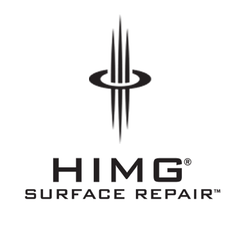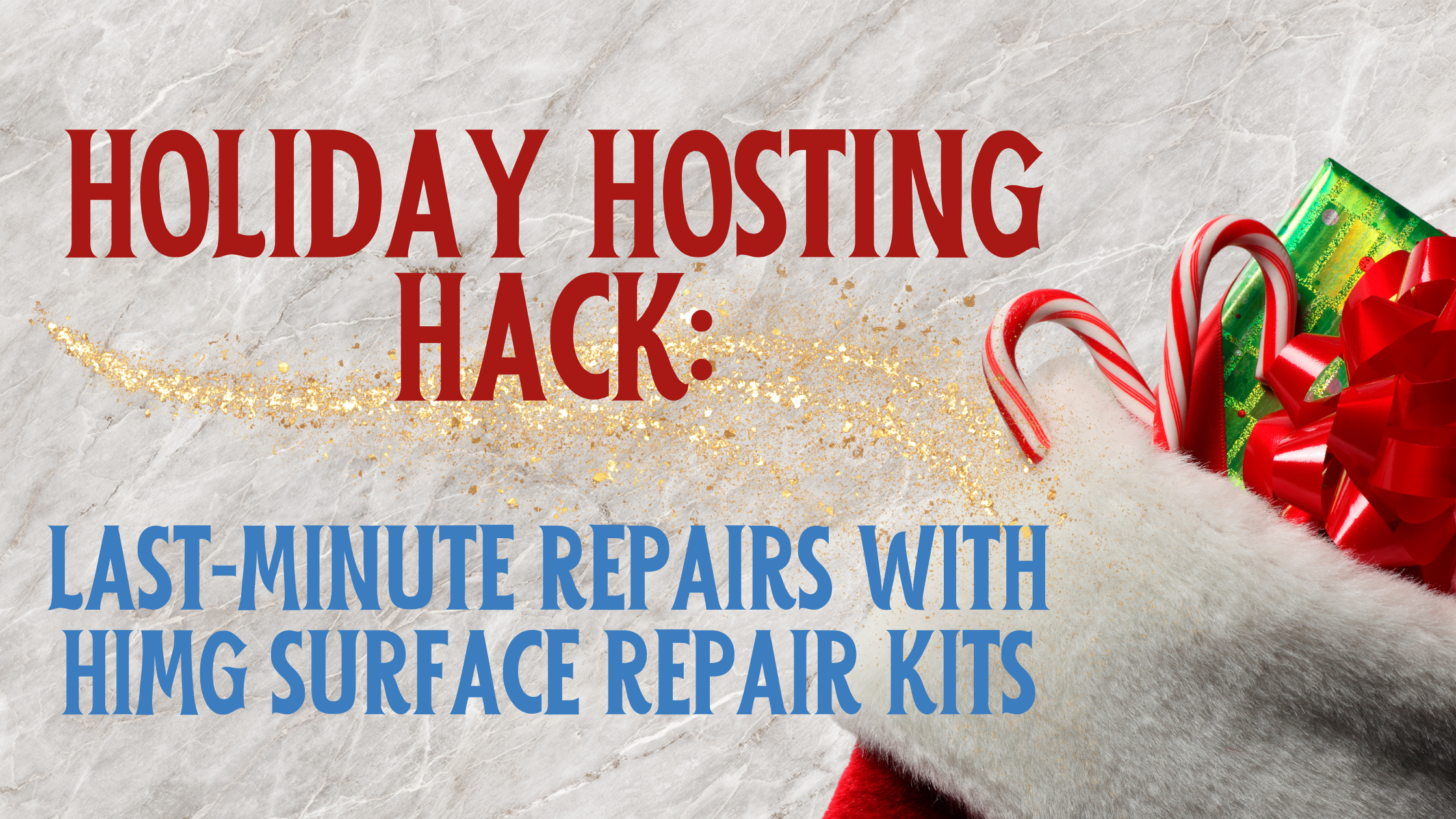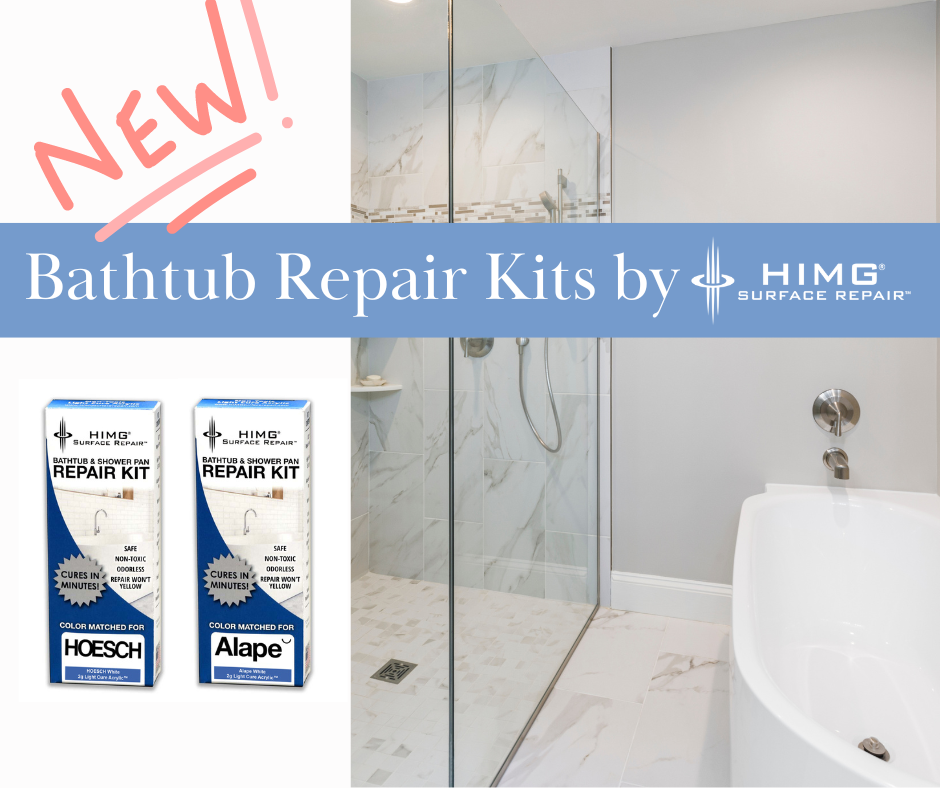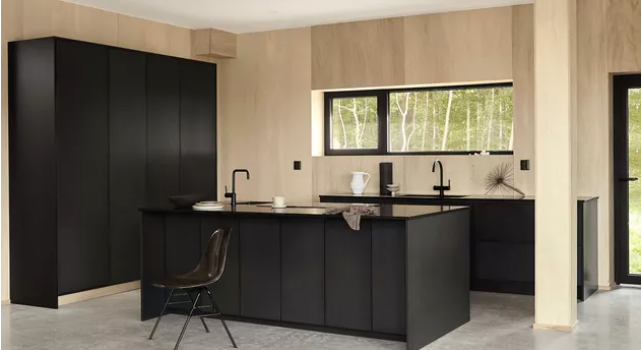Fiberglass and acrylic bathtubs are affordable, attractive and durable for your bathroom, nevertheless they are prone to cracking over time.
Most bathtubs today are made of fiberglass and acrylic but older homes may still have enameled cast iron or steel tubs.
Whatever the material of you bath or bathtub, don't worry, you can repair cracks, nicks, chips, holes and gouges yourself with HIMG® Surface Repair Kits.
Rule of thumb: if the repair is smaller than 1/4” or 6mm you can do-it-yourself DIY with our Light Cure Acrylic™ Surface Repair kits.
HIMG® offers innovative, modern and up to date, non-epoxy solutions.
You simply need to buy a surface repair kit online ( the cost ranges between $28 to $ 35 ) and we offer color blending options too.
HIMG® DIY Light Cure Acrylic Surface Repair Kits are the time saving, cost effective, eco-friendly solution for the home improvement market.
Our DIY Surface Repair Kits can be used by anyone to restore the chipped fiberglass and acrylics damage in minutes.
You simply follow the step by step detailed instructions you will find inside the pack and we can guarantee the results.
Step 1 Prepare the surface
Step 2 Apply Light Cure Acrylic
Step 3 Add Curing Strip
Step 4 Cure with LED light
Step 5 Remove curing strip
Step 6. Sand
Step 7 Polish
1. Prepare the bathtub Surface Clean the defect and around the area so that it is free from dust and dirt. Make sure your bathtub is completely dry before proceeding to step 2.
2. Apply Light Cure Acrylic Light Cure Acrylic is an effective repair material for nicks, gouges, chips, and scratches in fiberglass and acrylics as well as for marble, porcelain, corian, travertine and other natural stone surfaces.
LCA™ is non-toxic and completely safe, non-epoxy solution.
Place an applicator tip on the Light Cure Acrylic™ syringe and apply a small amount of repair acrylic in the fiberglass of acrylics defect. For best results, DO NOT OVERFILL. A perfectly filled and cured repair will not require sanding or polishing. We suggest that you make repairs in small sections, no larger than 1/4” or 6mm. Deeper damages will require curing in layers. Additional colors of Light Cure Acrylic™ repair material can be purchased for color blending applications.
3. Add Curing Strip Place a curing strip on top of the uncured Light Cure Acrylic. Using a small wooden stick, gently touch the top of the curing strip to help push the repair material into the damage. If your damage is larger than a curing strip, you can use clear packing tape, folded sticky side to sticky side. Packing tape is also helpful when repairing an edge, used as a retaining wall to hold the repair material in place.
4. Cure with LED light Focus the blue light just above the curing strip. The Light Cure Acrylic will not cure on its own. Exposure duration will depend on the size of the damage in the granite, but it is safe to start with 5-7 minutes. Before removing the curing strip, use the wooden stick to test for hardness. Additional LED exposure may be needed, especially for larger damages. We recommend focusing the LED light in different sections of the damage.
5. Remove the Curing Strip Remove the curing strip and verify for a complete cure. If the repair remains tacky after additional LED exposure, you may use rubbing alcohol to gently wipe the repaired surface.
6. Sand Use yellow 220 grit sandpaper to remove any over filled material. Rub in gentle circles. For increased shine, use grey 2000 grit wet sanding paper with a dab of water. Be extremely careful when sanding softer surfaces as hazing or scratching may occur if you are too aggressive. For best results, sand the repaired area to make it level with the surrounding granite.
7. Polish Gently apply a few drops of polishing paste on the repaired area to wipe away dust while polishing the repaired granite for maximum shine.
Maintenance Tips: Fiberglass material responds best to mild soap or a paste of baking soda and water could add some sparkle :) while cleaning.
Never use abrasive cleaners that may harm the surface.





